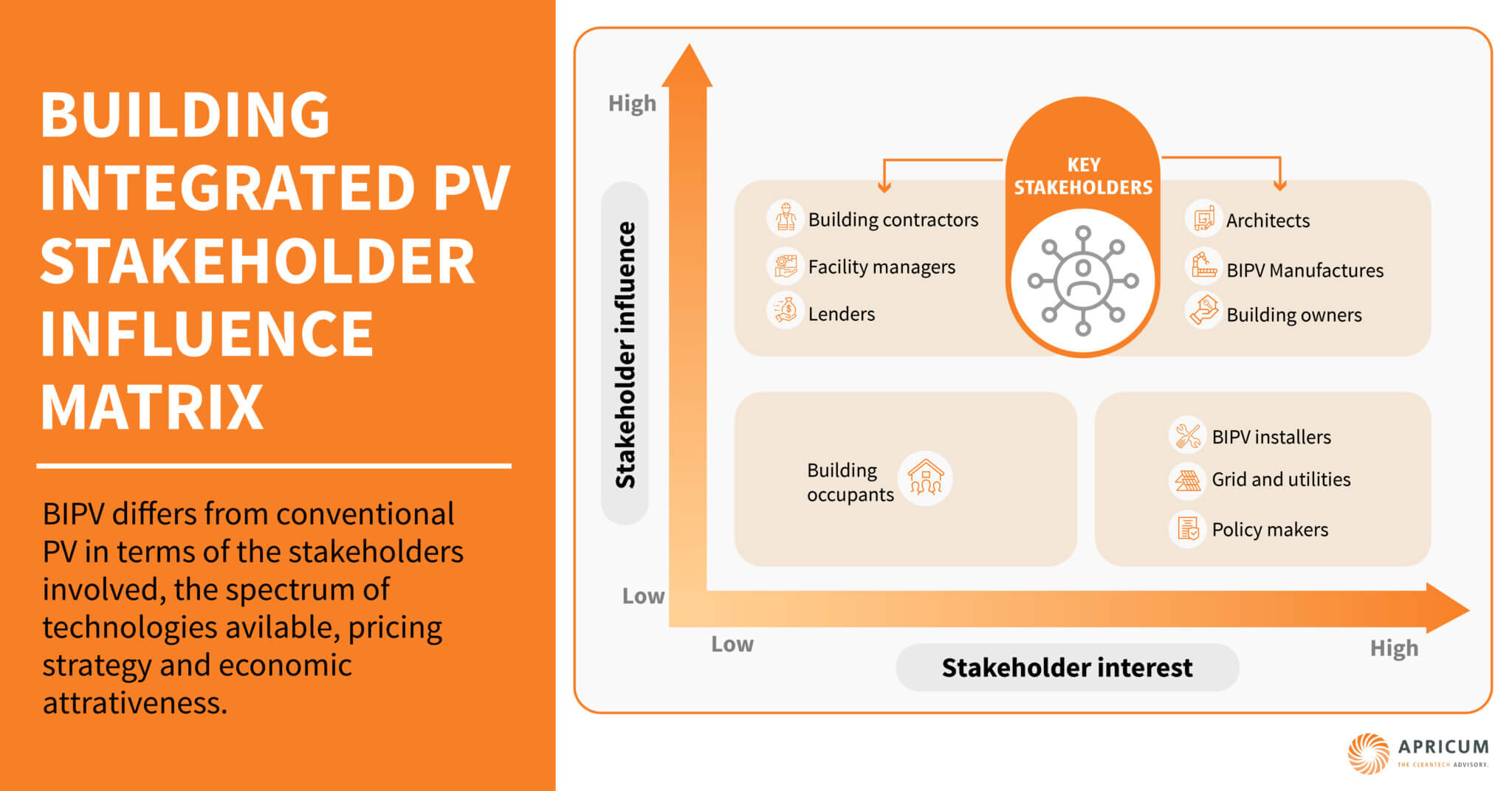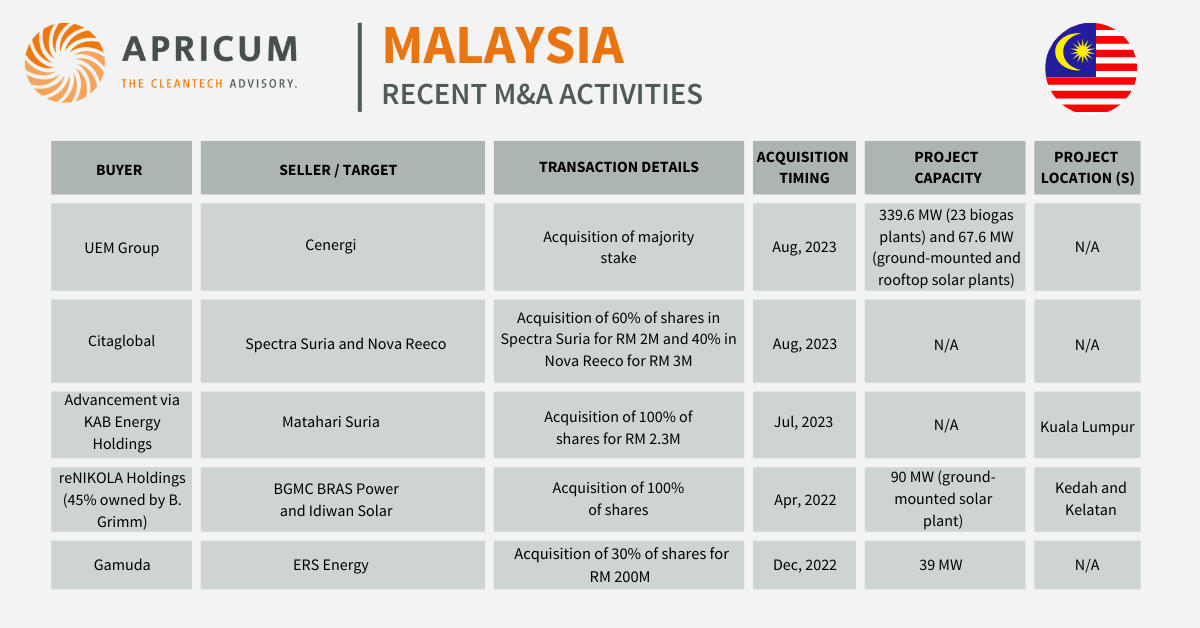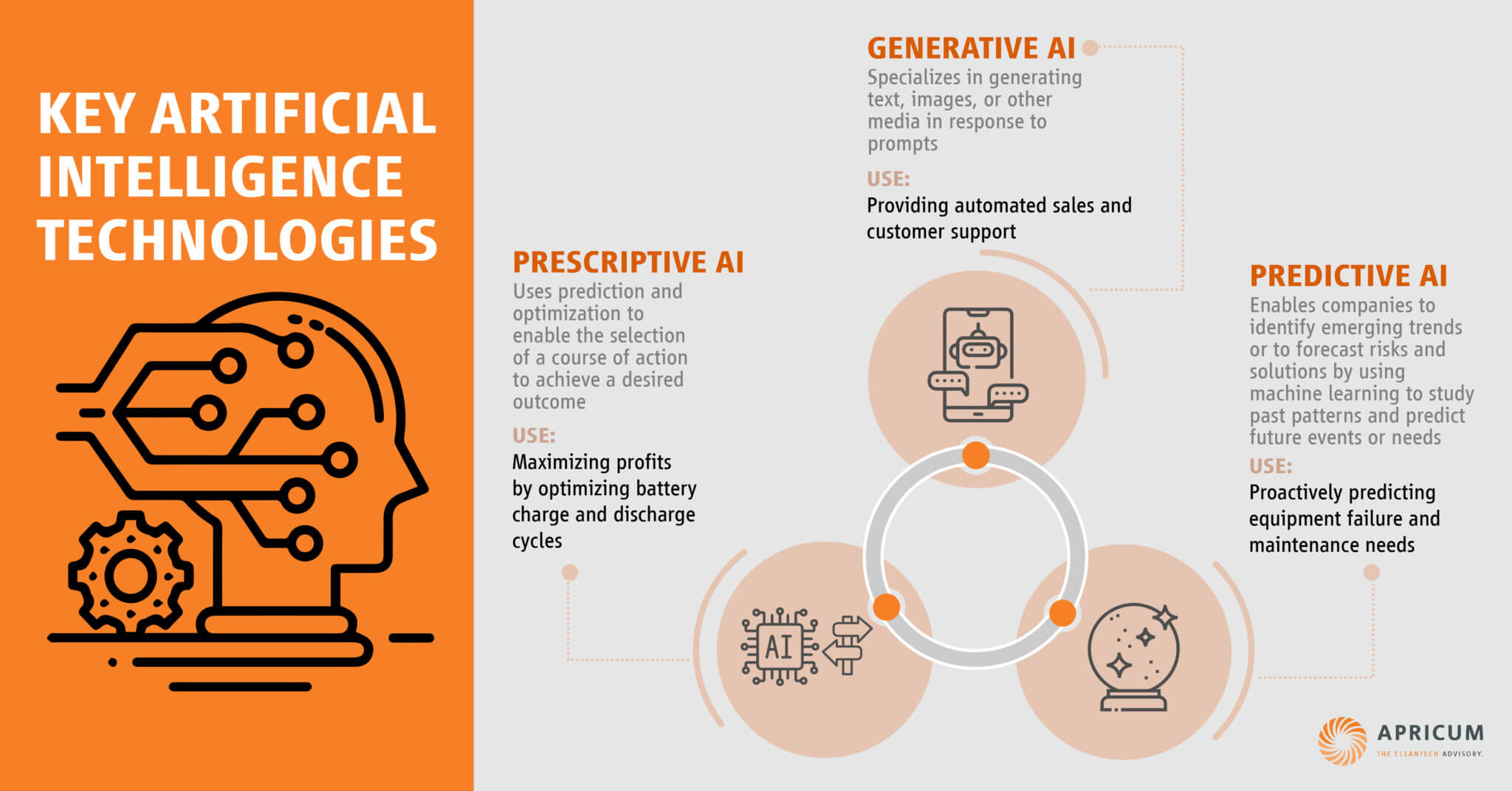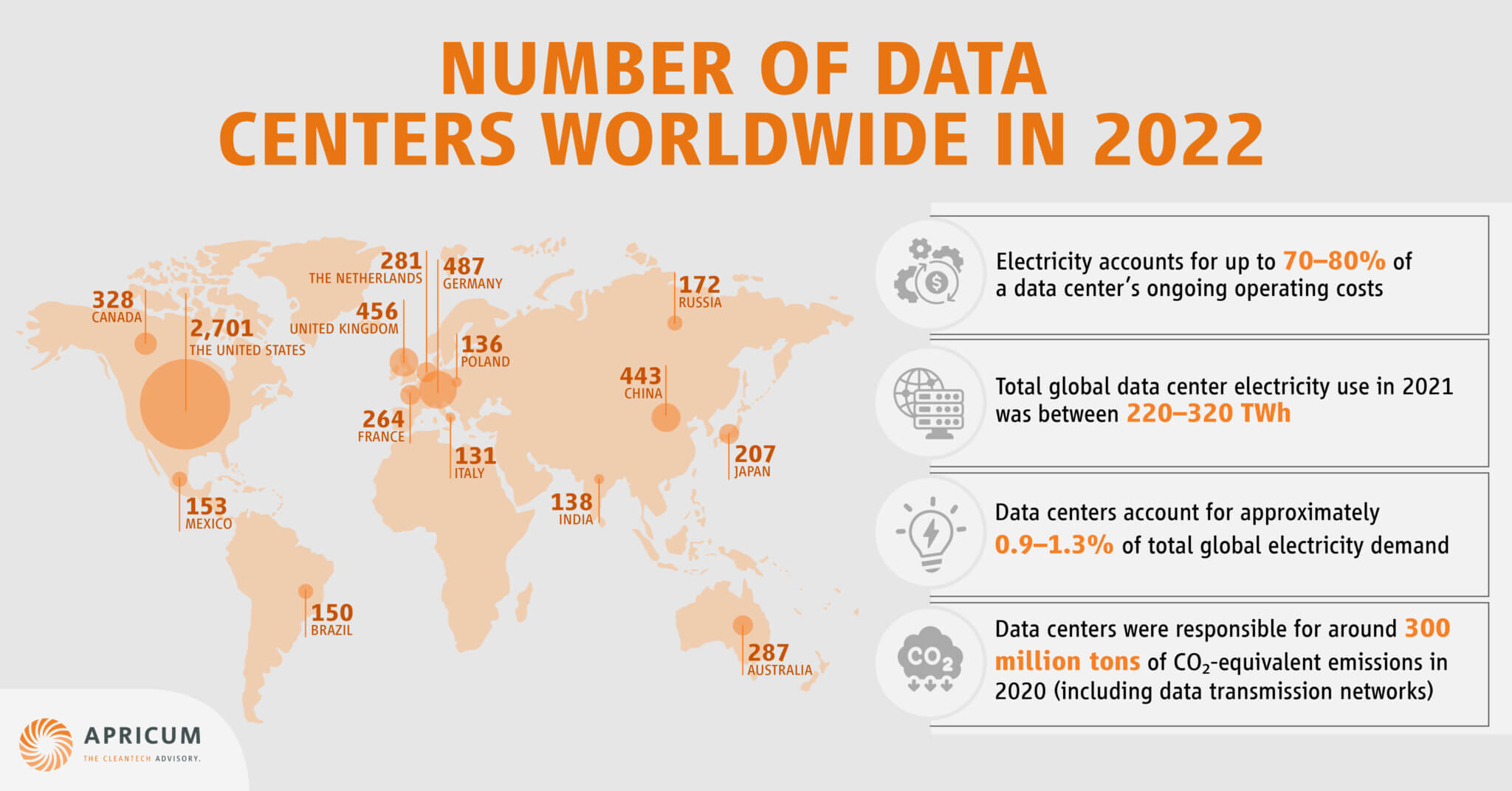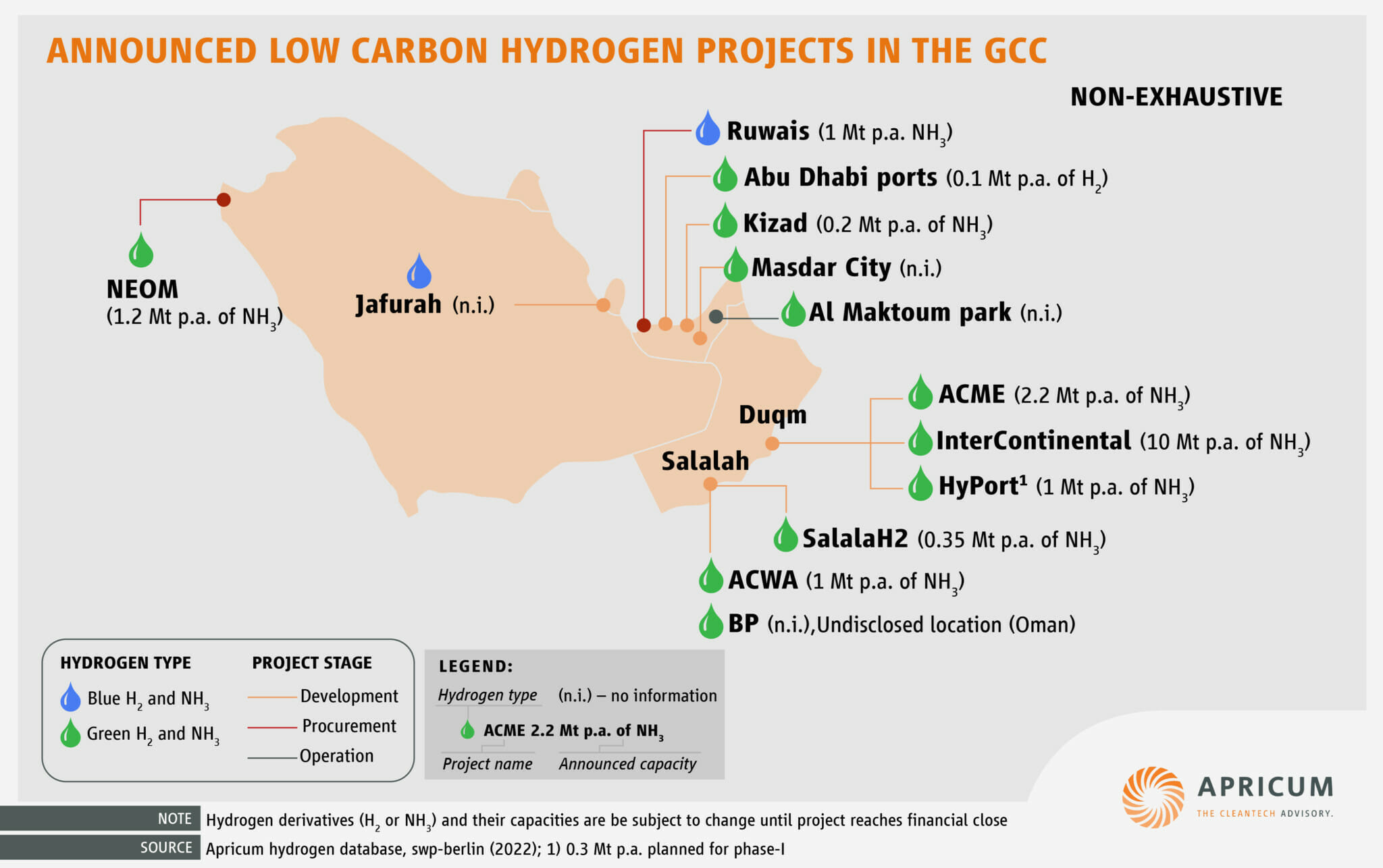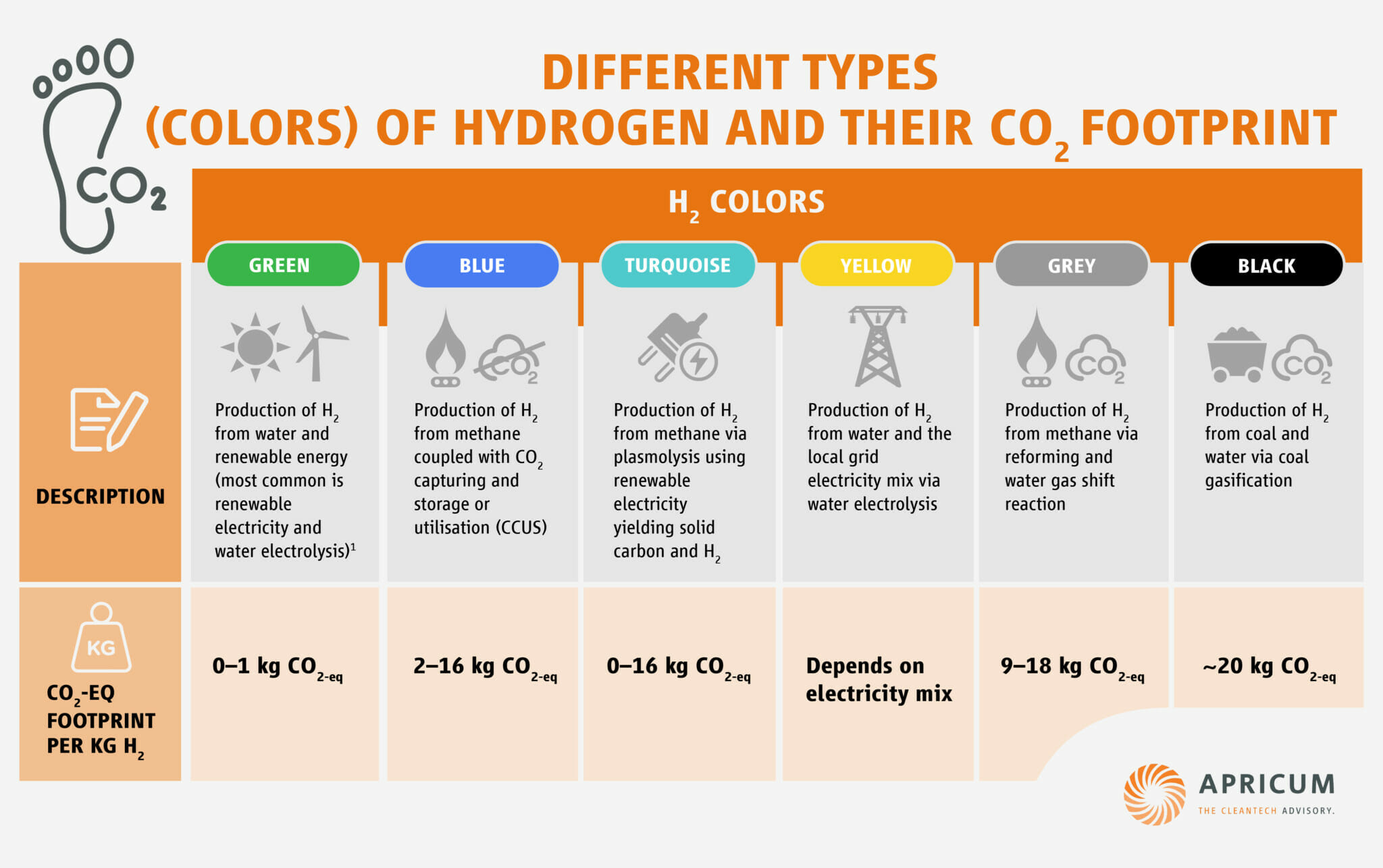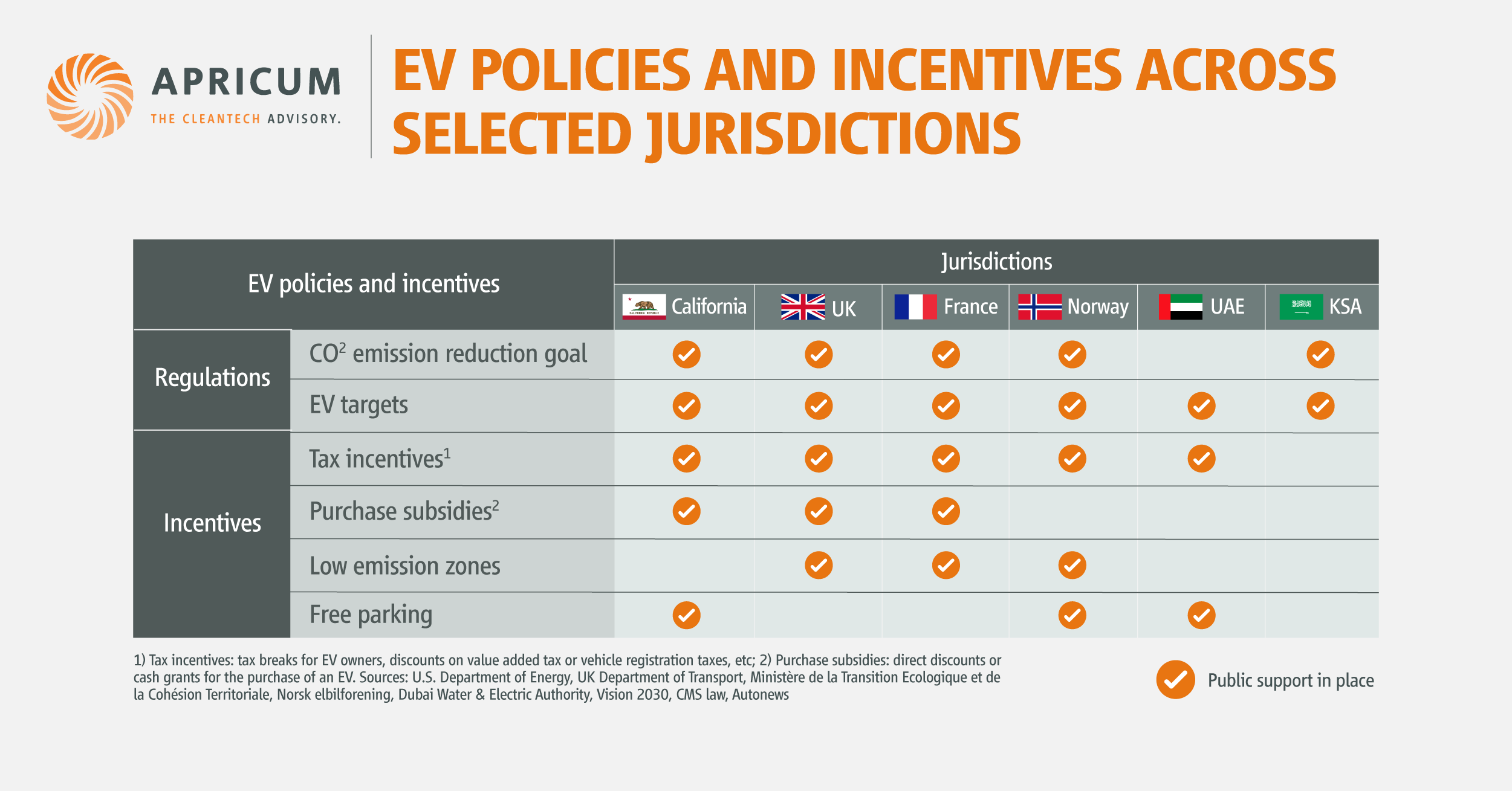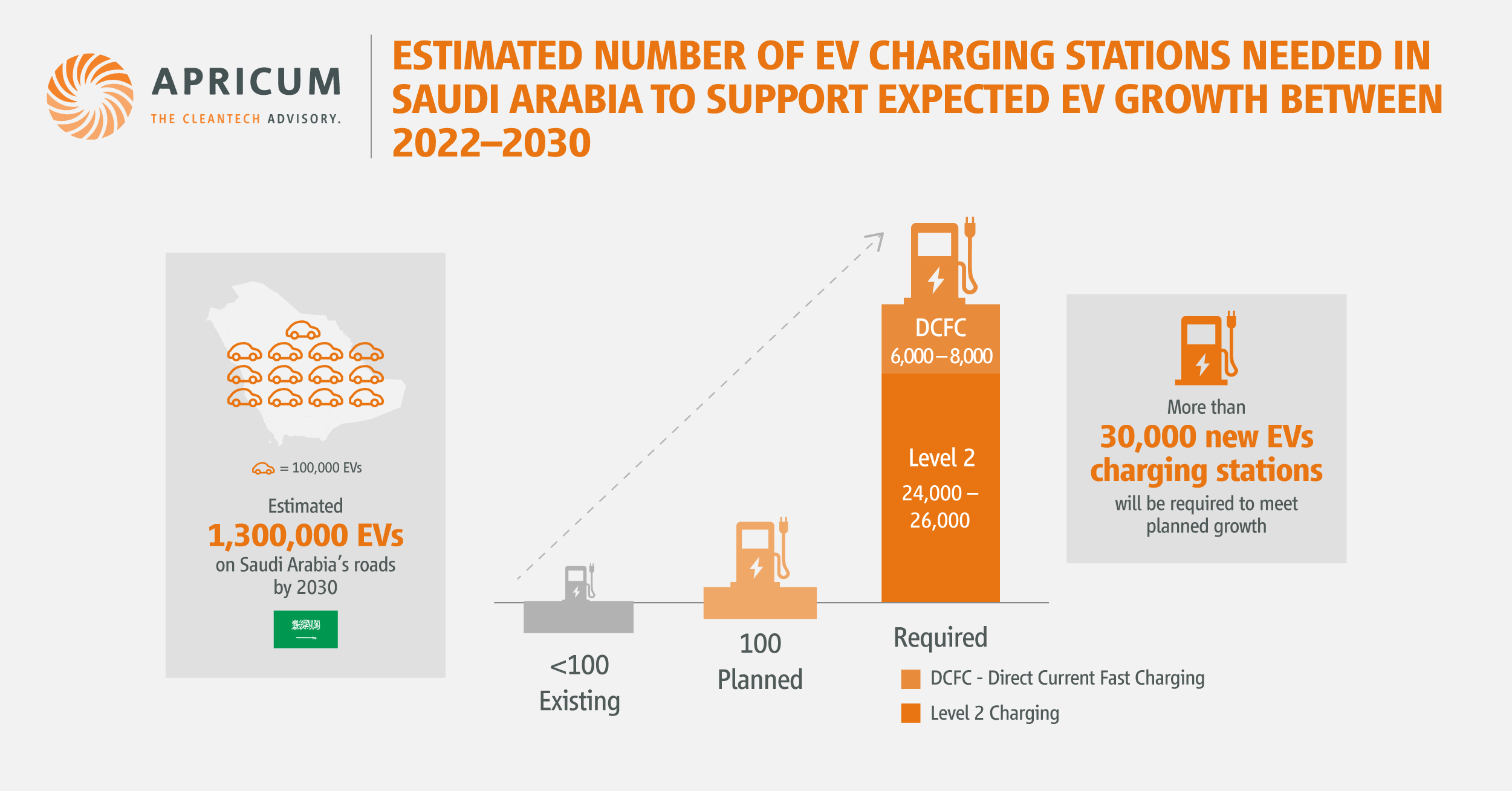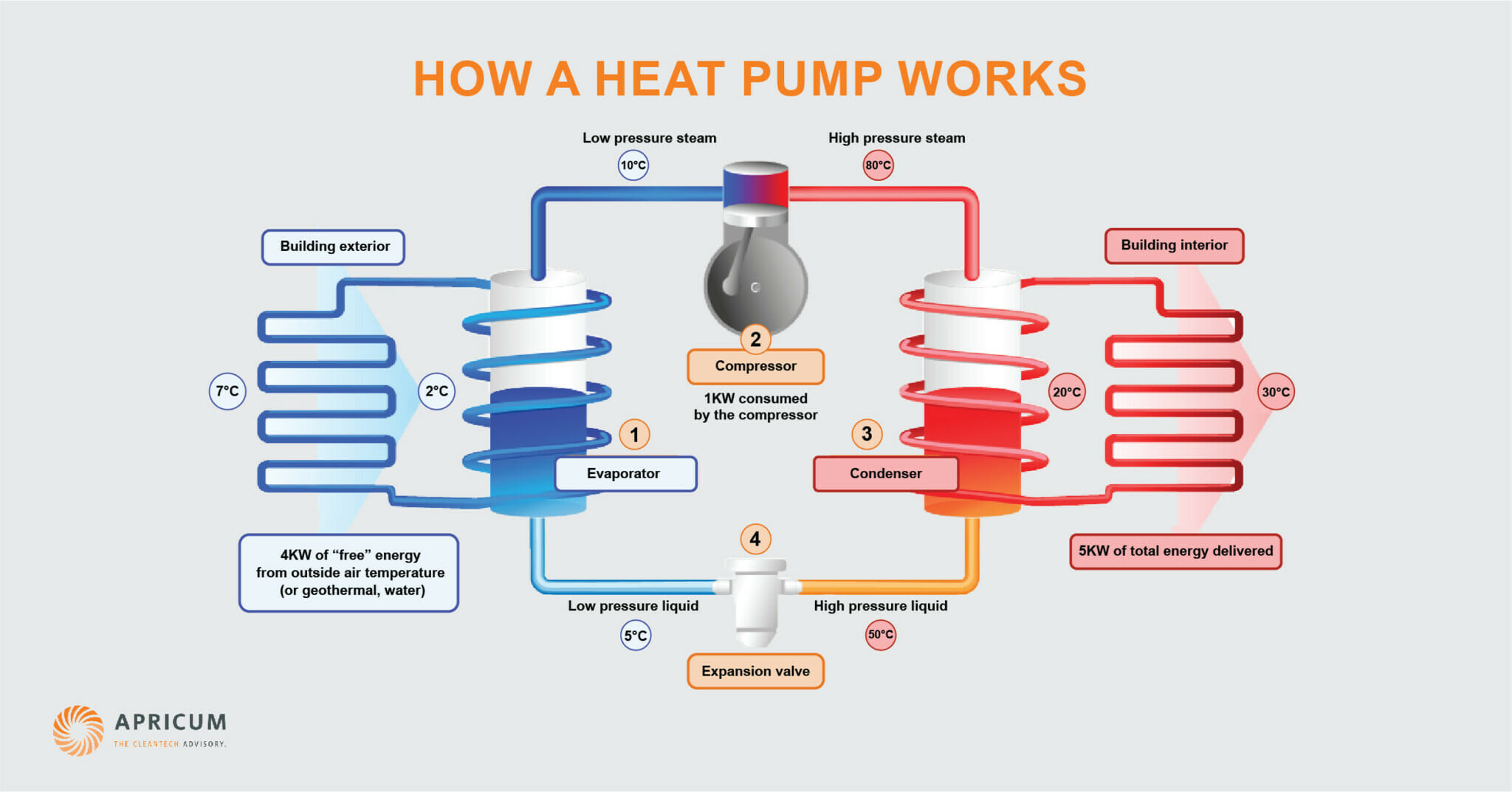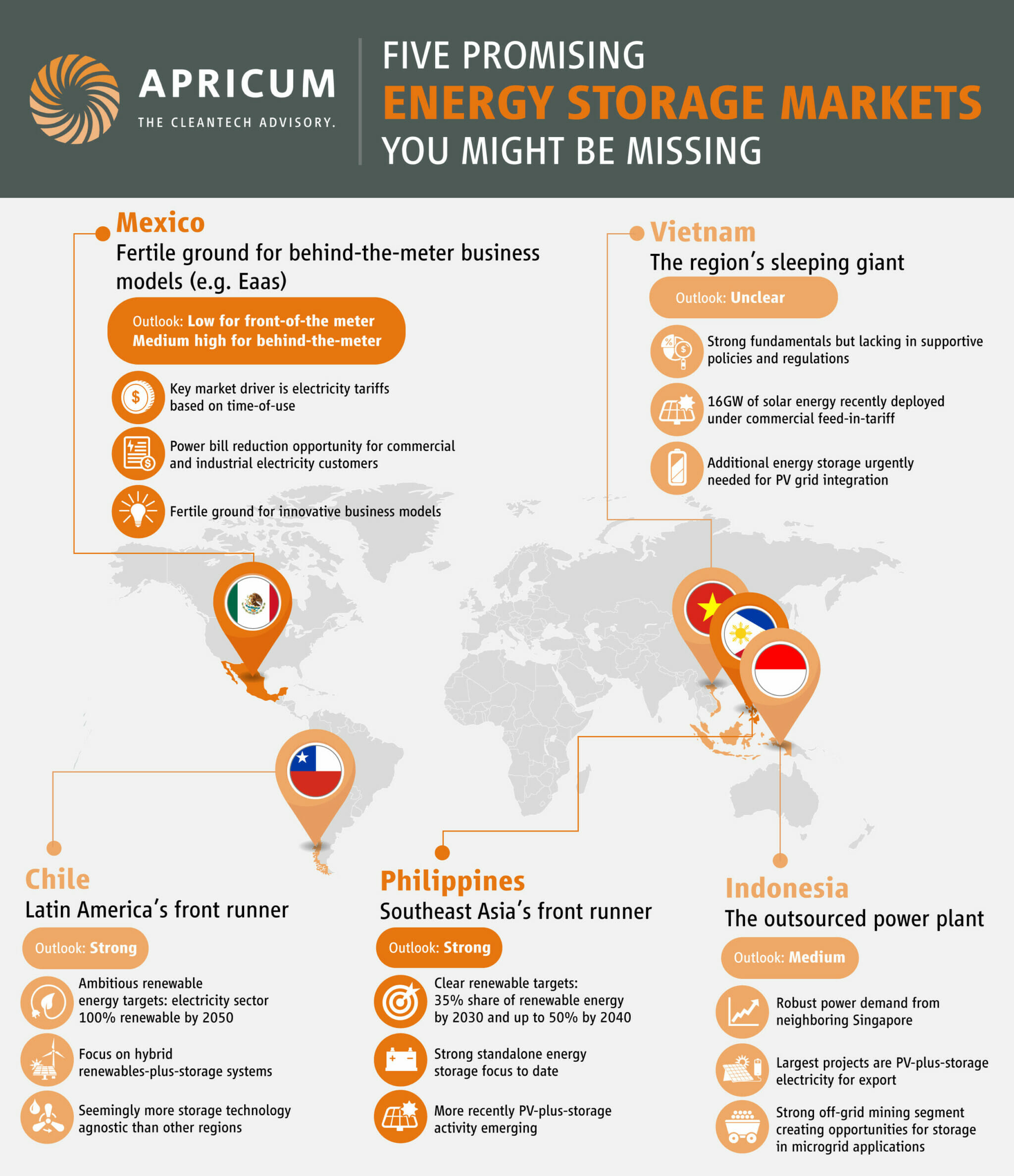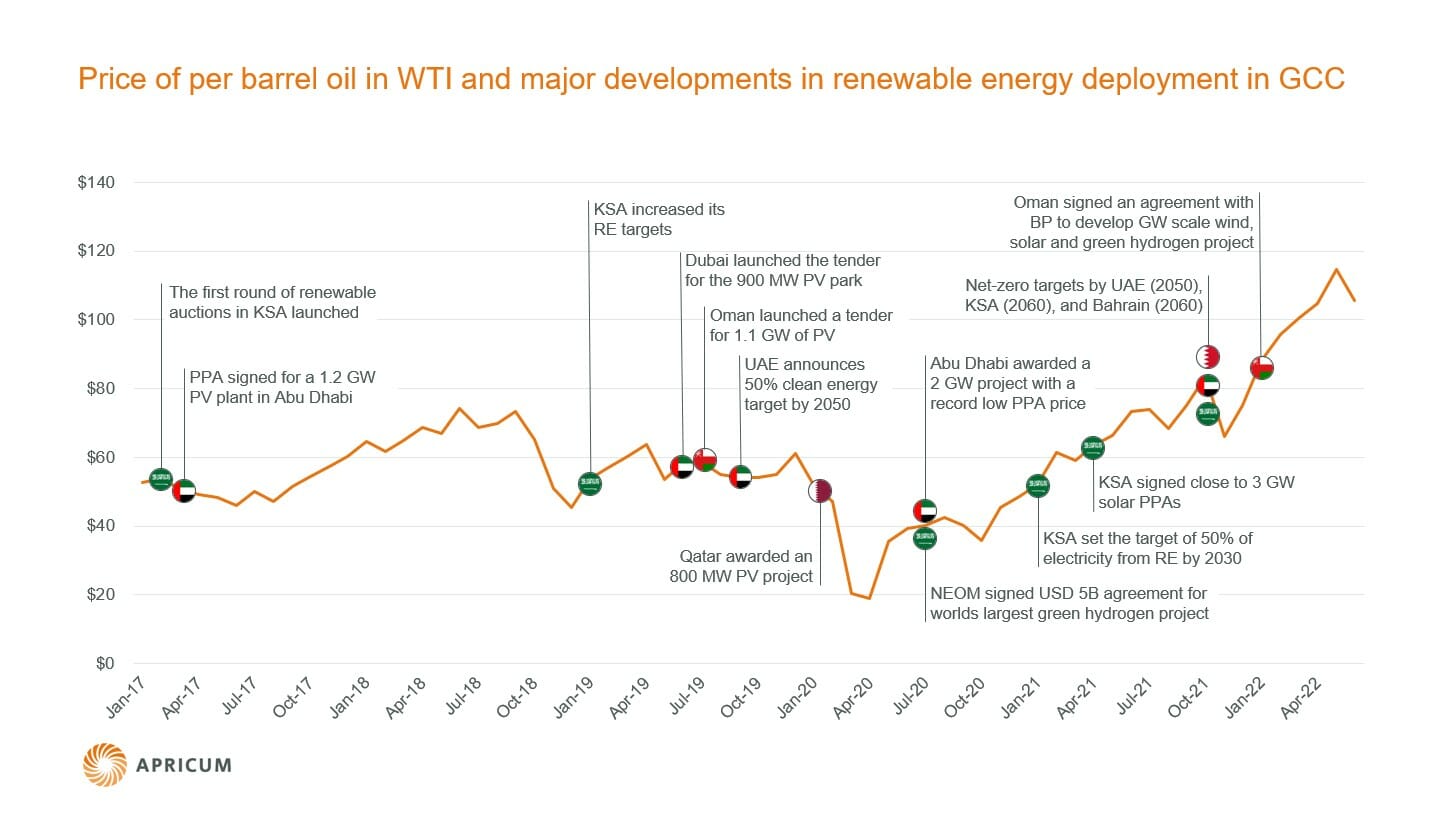Tesla’s plan to offer its own electricity tariffs moved forward in the UK at the end of October with the introduction of its “Tesla Energy Plan”. Participating homeowners with an installed solar system and a Powerwall storage unit are promised the lowest flat rate for power in the whole of Great Britain.
With this offer, Tesla is the latest member of a growing club of behind-the-meter storage players aiming to become “energy solution providers”, i.e., companies enabling end customers to become so-called “prosumers” who are not only consuming but also “producing” energy.
While energy afficionados and technology appreciators might already get excited by the simple value proposition of “just” becoming a prosumer, the average customer usually won’t.
To unlock a larger customer base beyond early adopters, storage companies therefore need a simple, appealing story that sticks. Three main narratives and business concepts have emerged that constitute the cornerstones of most energy solution offerings by battery players we see in the market today (including Tesla’s):
- The Energy Cloud
- The Energy Community
- The Virtual Battery
Let’s take a look at how they are sold “on stage” and what’s happening “behind the curtain”.
The Energy Cloud
Value proposition usually “presented on stage”: Customers buy a residential storage system at a (typically) preferred price and pay a fixed flat rate per month, usually lower than the current electricity bill. In return, they get access to the provider’s “energy cloud”. The customer can “upload” any surplus self-generated PV power into the cloud and “download” it, e.g., at a later point in time when the sun does not shine, at a different location, (for example, to charge an electric car or by the customer’s friends and family on his behalf.
What’s usually happening “behind the curtain”: Of course, no electricity is uploaded or downloaded. Instead of an “upload”, the customer feeds excess PV power into the grid as usual, but the storage provider obtains the returns. When the customer wants to “download” electricity from the cloud, the storage provider buys and delivers (ideally “green”) electricity to balance consumption at the customers’ home or at the charging station, i.e., supplies the required residual electricity. So essentially the storage provider uses revenues from exporting excess electricity to offset part of the required green electricity purchases for cloud “downloads”.
Real benefit: Increased convenience for the customer rather than savings, as he could also just receive the FiT and cover residual electricity with a regular contract. But instead of dealing with separate parties for the residential storage unit, the PV system and the residual electricity supply, everything is under one roof and at a fixed rate that protects against future retail electricity price hikes. For the storage provider, it is an attractive model as well: It potentially reduces the barriers for hardware purchases and creates a new recurring revenue stream based on flat rates for the supply of residual electricity. Important to mention, traditional utilities are big fans of the Energy Cloud as they particularly benefit from retaining or winning (back) customers in an increasingly competitive retail power market.
Business concept most suitable for: New entrants due to limited complexity of business model (could even be offered without the sale of hardware) and low customer base required.
The Energy Community
Value proposition usually “presented on stage”: Again, customers get the storage hardware at a preferred price and pay a monthly “community fee”, this time to get access to a community of like-minded prosumers in the region or country. In the Energy Community, excess energy is sold to and residual energy is purchased from peers in an automated way, for example, when the sun shines over Mr. Millers house, his PV power is sold to Mr. Smith, who happens to have a cloudy day where he is. Via an app, you even get a face connected to your energy customer or supplier. And you finally become independent from your incumbent utility – Energy Community is basically a “shared economy” approach for energy.
What’s usually happening “behind the curtain”: In almost all cases we know of, there is no direct exchange of electrons between peers, which would only be possible through exclusive power lines between trading partners. Instead, similar to the Energy Cloud, marketing of self-generated power (for Mr. Miller) and buying/delivery of “green” electricity (to Mr. Smith) is done by the storage provider.
Real benefit: Very similar to the Energy Cloud (convenience for the customer, increased sales and revenues for the provider) plus the gamification aspect of “trading electricity” with peers in a larger community, as well as circumventing the (potentially unpopular) utilities.
Business concept most suitable for: More established players, as an authentic community offering requires a sufficient customer base right from the start.
The Virtual Battery
Value proposition usually “presented on stage”: Get cheap storage hardware and a very low flat rate for the customer’s energy needs not covered by self-generation. In addition, the chance to help make the grid more stable with “green” energy by using the battery at home, but without compromising the owner’s own needs. As an example, Tesla’s “Energy Plan” relates to building a virtual battery that returns electricity during peak times and reduces the need for fossil fuels on the grid.
What’s usually happening “behind the curtain”: Similar to Energy Cloud and Energy Consumption, excess energy is sold to the grid and “green” electricity is delivered. But furthermore, storage units are aggregated to form a large “virtual” battery that meets the minimum capacity for participation in energy markets, e.g., to provide ancillary services. This allows the storage provider to realize new revenue streams (on top of direct marketing) and therefore improve the economics of the hardware offering and minimize the flat rate. In Tesla’s case, however, the focus seems to be just on the selling to the grid-part, which does not require an aggregation to a virtual battery – except for marketing purposes.
Real benefit: Similar to the Cloud and Community, but often also providing true savings for the customer due to lower storage costs and a reduced bill for residual energy. The storage provider has the chance to significantly expand its customer base by now reaching a more cost sensitive customer segment while still having the chance to increase its profitability (depending on the pricing strategy).
Business concept most suitable for: Experienced players with a sufficient customer base that allows for aggregation and meets the minimum capacity requirement of the targeted energy markets at any time; willingness and capabilities to deal with higher complexity.
If you want to get in
If a battery company wants to follow Tesla’s recent example and become an energy solution provider, deciding on the most suitable business concepts is only the first step. As part of the related business model design, you need to decide which parts of the value chain you want to cover. For example, do you want to offer your Cloud with hardware or just the service? Do you employ your own installers or work with third parties? Do you have the capabilities and can you meet legal requirements to trade electricity and offer storage capacity to the energy markets?
Probably the most important element, however, is the software platform. It enables a wide range of essential activities for the energy solution provider, including hardware management and operation, trading, coverage of energy industry processes, advanced billing, CRM, data aggregation/visualization, optimization of the virtual battery as well as front-end services such as the web interface, service apps, smart tariffs and many more.
Based on the above business concepts, future market entrants have plenty of options in deciding which role they want to play and whether the required capabilities can be built internally, through a partnership or an acquisition. The choice is yours.
For questions or comments, please contact Apricum Partner Florian Mayr.






